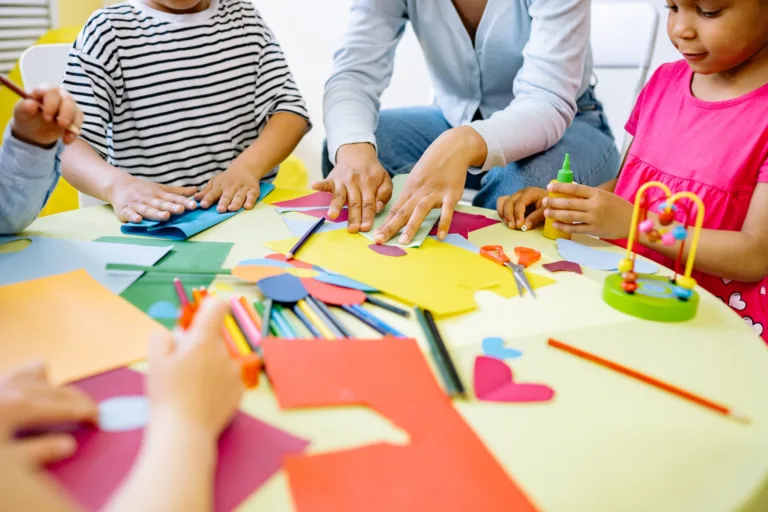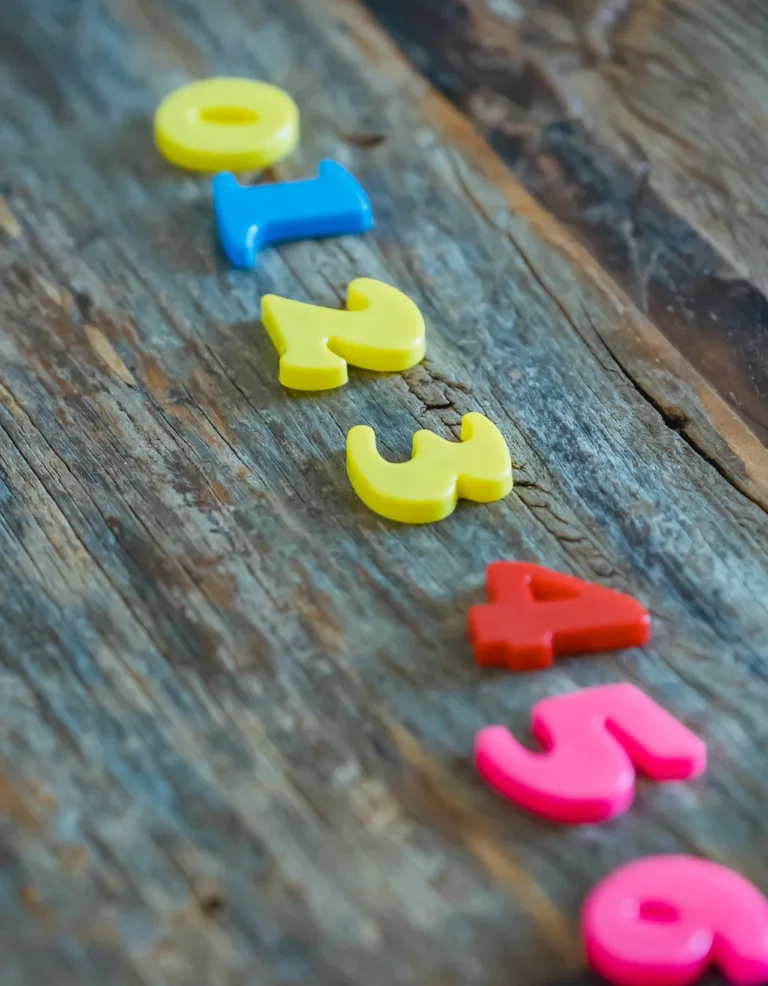5 Behavior IEP Goals to Support Student Success
Introduction to Behavior IEP Goals
Behavior IEP goals are an important aspect of individualized education plans (IEPs) for students with special needs. These goals help to set specific, measurable, achievable, relevant, and time-bound (SMART) objectives for improving a student’s behavior in school. The goals outlined above are focused on using positive reinforcement, visual supports, and prompting to help a student communicate their needs, transition between activities, react calmly to restrictions or waiting, sit in a chair when told, and stay calm during unexpected changes in activities.
The Importance of Positive Reinforcement in Achieving Behavior IEP Goals
One of the key strategies for achieving these behavior IEP goals is the use of positive reinforcement. This can include rewarding a student with verbal praise or tangible items for demonstrating desired behaviors. For example, if a student uses their communication device to request their needs at least 10 times daily over 4 consecutive days, they could be rewarded with a tangible item to encourage them to continue this behavior.
Using Visual Supports to Achieve Behavior IEP Goals
Visual supports can also be an effective tool for helping students achieve behavior IEP goals. These can include visual schedules, checklists, and choice boards, which can help students understand and follow routines and make decisions. For example, if a student is having difficulty transitioning from preferred activities to non-preferred activities, a visual schedule or choice board with pictures of both types of activities can help them understand what is expected of them and make the transition more smooth.
The Role of Prompting in Achieving Behavior IEP Goals
Prompting is another strategy that can be used to help students achieve behavior IEP goals. This can include verbal prompts, physical prompts, or a combination of both. For example, if a student is struggling to sit in a chair when told, a verbal prompt such as “sit down” or a physical prompt such as gently guiding them to the chair can help them understand what is expected of them.
Strategies for Success: Achieving Behavior IEP Goals
It is important to note that achieving behavior IEP goals will likely require a combination of strategies, and what works for one student may not work for another. It is also important to track progress toward these goals and make adjustments as needed. By setting SMART behavior IEP goals and using strategies like positive reinforcement, visual supports, and prompting, educators can help students with special needs make significant progress in their behavior and succeed in the classroom.
5 Behavior IEP Goals from the AFLS
- By the end of this IEP period, with the use of positive reinforcements, visual supports, and some prompting, [student] will use his/her communication device to request his/her needs at least 10 times daily over 4 consecutive days
- By the end of this IEP period, when provided with visual reminders and choices, [student] will transition from preferred activities to non-preferred activities without refusal on 80% of trials across 5 consecutive school days
- By the end of this IEP period, when preferred items/activities are restricted, told “no”, or made to wait, [student] will react calmly and wait 10 minutes before requesting preferred items again, on 90% of trials across 5 consecutive school days
- By the end of this IEP period, when told, [student] will sit in chair when told the first time on 90% of trials across 4 consecutive school days
- By the end of this IEP period, given the supports of a visual task analysis, [student] will remain calm when there are unexpected changes in scheduled classroom and school activities on 90% of trials across 4 consecutive school days




